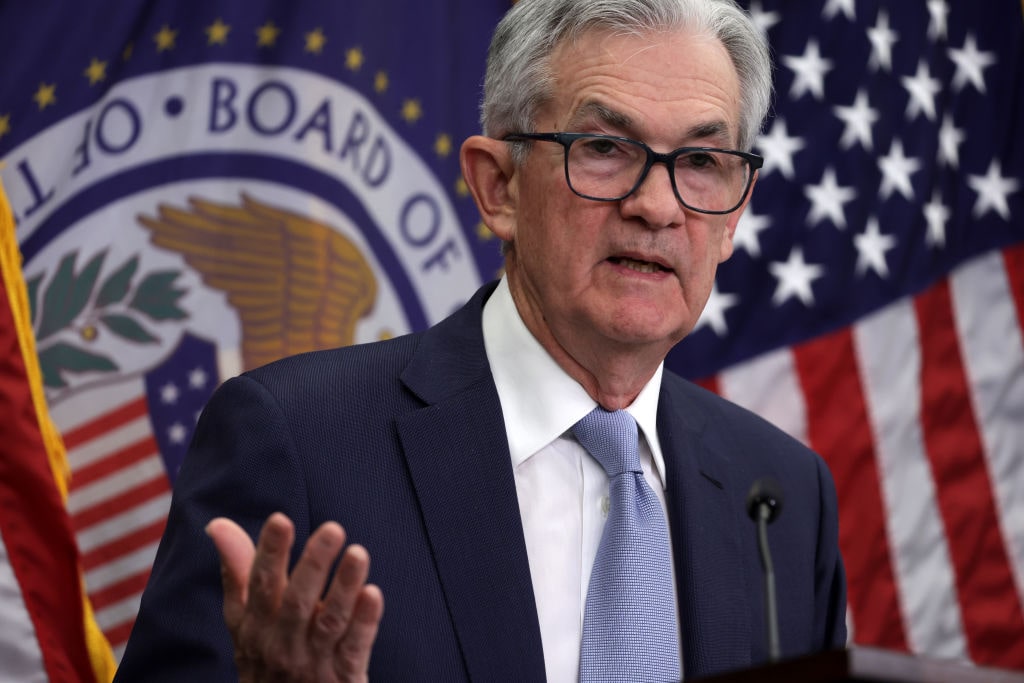The December inflation report was akin to Charles Dickens’ famous line from A Tale of Two Cities: “It was the best of times. It was the worst of times.” The US CPI (consumer price index) confirmed that inflation has certainly peaked and that its downward trend will persist throughout the rest of the year. However, many problems are scattered throughout the monthly cost-of-living snapshot: food inflation, surging rent costs (we will get to that in a moment), and financial challenges to heat your home or keep the lights on. At least it is cheaper to chew the fat on steak and buy a smartphone!
US CPI Slows – Mission Accomplished?
 The US annual inflation rate slowed to 6.5% in December, according to the latest Bureau of Labor Statistics (BLS) report. This is down from 7.1% in November and matched economists’ expectations. The core CPI, which eliminates the volatile energy and food sectors, eased to 5.7% year-over-year, down from 6% in the previous month. This also matched market estimates. On a month-over-month basis, the inflation rate fell 0.1%, and core inflation rose 0.3%. Overall, based on how the financial markets reacted in pre-market trading, it was neither a great nor bad headline print.
The US annual inflation rate slowed to 6.5% in December, according to the latest Bureau of Labor Statistics (BLS) report. This is down from 7.1% in November and matched economists’ expectations. The core CPI, which eliminates the volatile energy and food sectors, eased to 5.7% year-over-year, down from 6% in the previous month. This also matched market estimates. On a month-over-month basis, the inflation rate fell 0.1%, and core inflation rose 0.3%. Overall, based on how the financial markets reacted in pre-market trading, it was neither a great nor bad headline print.
Here is a breakdown of the indexes:
- Food: +10.4%
- Energy: +7.3%
- New Vehicles: +5.9%
- Used Cars and Trucks: -8.8%
- Apparel: +2.9%
- Medical Care Commodities: +3.2%
- Shelter: +7.5%
- Transportation Services: +14.6%
- Medical Care Services: +4.1%
 But the detailed expenditure categories highlighted challenges that businesses and consumers are facing on a regular basis, especially as it relates to basic items.
But the detailed expenditure categories highlighted challenges that businesses and consumers are facing on a regular basis, especially as it relates to basic items.
Egg prices have risen exponentially over the last year, and they have captured everyone’s attention. There is no sign of relief yet, as the cost to buy eggs soared 60% year-over-year in December. Are you interested in making a Caesar or Russian salad tonight? Be prepared to spend 25% more on lettuce. Your spouse may need to cut back on slathering white bread (+17.7%) with butter or margarine because these spreads have surged by 43.8% and 31.4%, respectively. Even on a month-over-month basis, these items have risen at a notable pace. Well, at least households will always have bacon (-3.7%), steak (-6.7%), and roast beef (-3.5%). Food inflation is not an issue that will go away overnight, as a plethora of products at the supermarket are still higher than they were a year ago and rising from month to month. This explains why grocery store prices were up nearly 12% last month.
But here is also something that should concern parents: The kids are not all right. The cost of food at elementary and secondary schools has exploded more than 305% year-over-year. As a result, they may need to rely on vending machines and mobile vendors, as they have increased by only 14.8%.
It is also more expensive to have a roof over your head. In the last 12 months, rent rates have swelled 7.5% year over year. From November to December, they jumped 0.8%. In addition, keeping the lights on and heating the home is more expensive, with electricity prices surging 14.3% and utility (piped) gas service rising 19.3%.

(Photo by Alex Wong/Getty Images)
The issue with rent, however, is that it is a lagging indicator of six to nine months (some will argue a year). Liberty Nation noted during a recent episode of Right On! with host Jeff Charles that rent is a measurement of outdated leases rather than new ones, something Federal Reserve Chair Jerome Powell purported at the post-Federal Open Market Committee (FOMC) policy meeting press conference. Therefore, inflation might have been understated a year ago and overstated today.
Meanwhile, how is everything else in the marketplace? The US CPI showed a significant decline in energy prices as gasoline tumbled 9.4%, fuel oil cratered 16.5%, and propane and kerosene dipped 0.2%. It is also cheaper to buy a mobile device (-22.2%), computers (-5.8%), televisions (-14.4%), used automobiles (-8.8%), and sports tickers (-1.5%) than a year ago. Still, it will hurt your wallet to purchase tools (+13.8%), men’s suits (+8.3%), non-prescription drugs (+5.4%), a vacation at the dentist (+6.4%), and an airplane ticket (+28.5%).
Investors Digest US CPI
Before the opening bell, investors were not exactly enthusiastic about the latest US CPI data. Because it came in as expected, it is unlikely that the Federal Reserve will pivot from its current quantitative tightening campaign, meaning that higher interest rates remain on the schedule. The silver lining for easy money junkies on Wall Street is that the Eccles Building is anticipated to raise the benchmark fed funds rate by just 25 basis points at the upcoming FOMC powwow. If the slight dovish tilt at the Fed occurs, could this extend the market rally in 2023?
Do you have an opinion about this article? We’d love to hear it! If you send your comments to [email protected], we might even publish your edited remarks in our new feature, LN Readers Speak Out. Remember to include the URL of the article along with your name, city, and state.
Please respect our republishing guidelines. Republication permission does not equal site endorsement. Click here.

